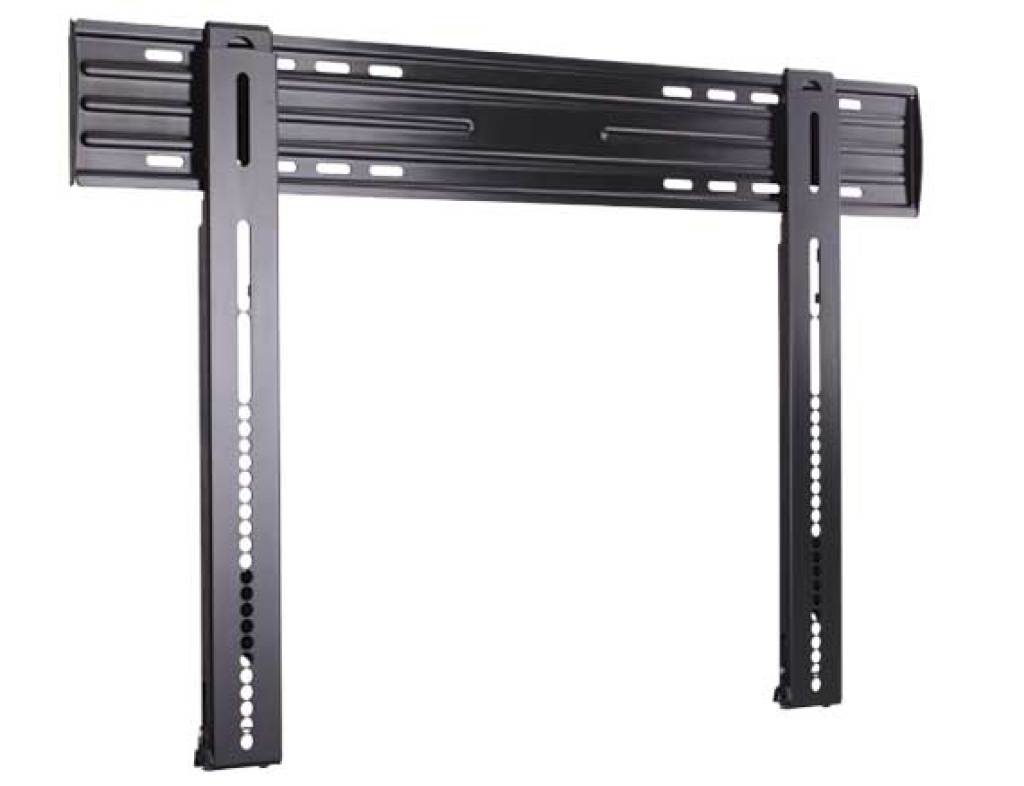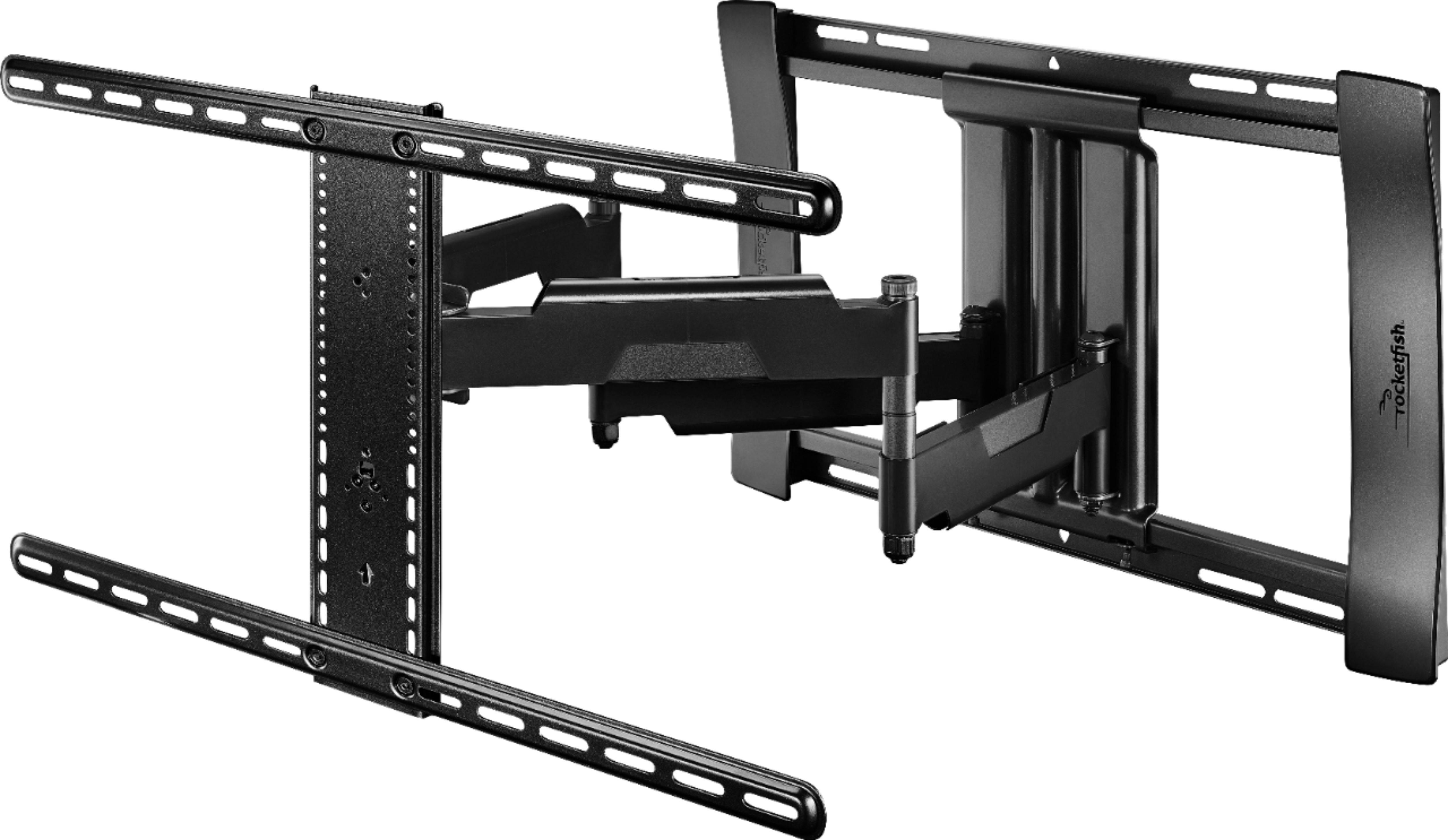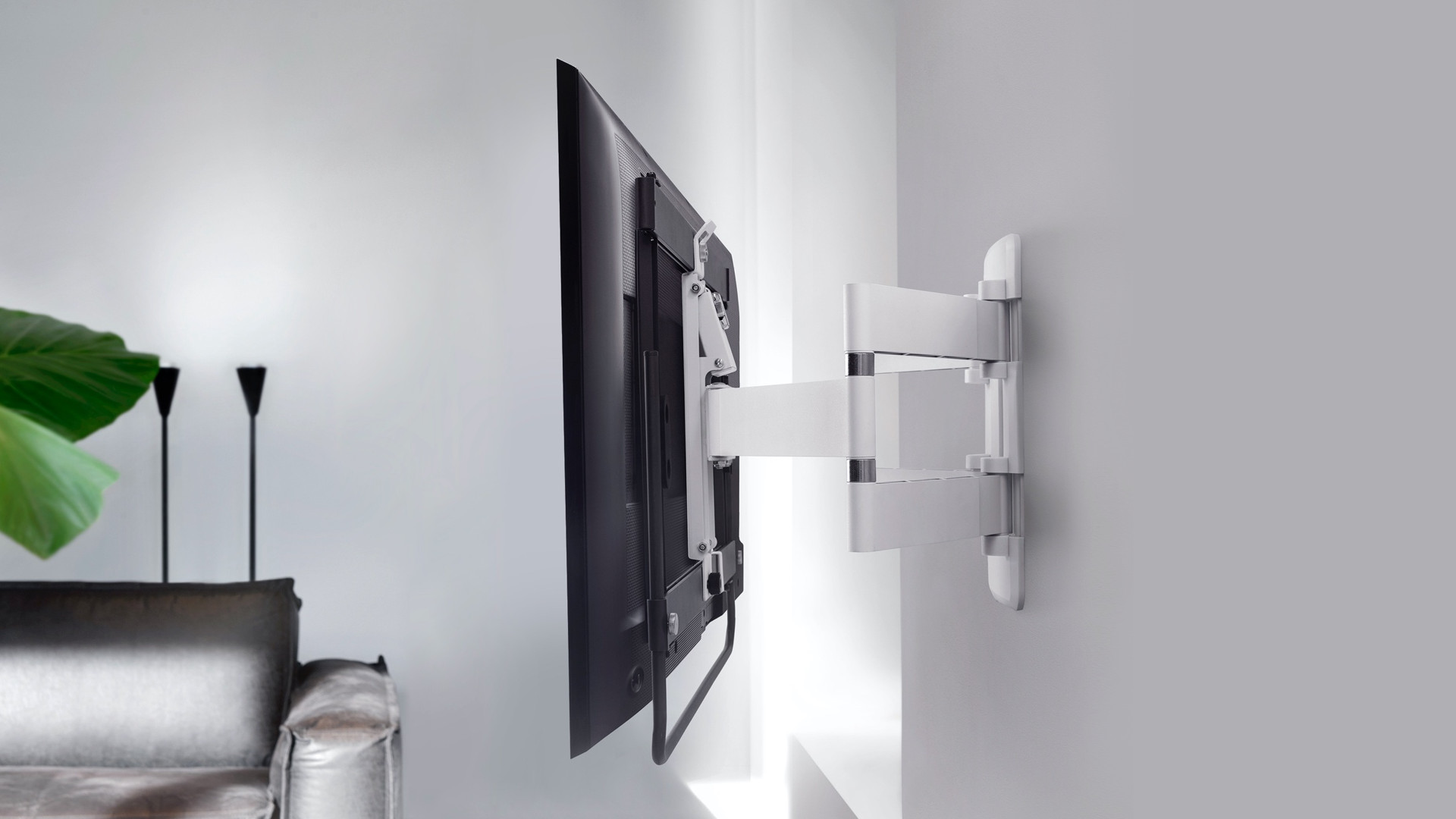Consider the size of your screen when purchasing a TV mount. For example, a 37-inch model will require a wall-mount bracket. Mounts that can accommodate 80-inch or larger televisions will be required. Mounts come with small, post-install leveling screws that can be used to level the TV after installation. While some mounts offer the ability to extend and place your television, these don't have the extra features that you'll want to include.
The mount that you need will depend on the size of your TV. Some are designed for a 16-inch-wide wall, while others are available in 16- and 24-inch-wide models. You should check the placement of the studs in your wall before purchasing a mount. If the studs are at a right angle, you can adjust the mounting position of the television. Some of the models also offer adjustable offsets.
Many TV mounts can fit most televisions. However, there are some things you should consider when shopping for a mount. It is important to consider the size of your mount as well as the spacing between your studs. Some TV mounts have a 16-inch spacing while others can be made with a 24-inch spacing. You should also check the placement of the studs to ensure your new TV is properly supported. While size and weight of a model are important, it is not enough to consider wire management features.
Once you've determined the size and weight of your TV, choose the style of mount that best suits your needs. Mounts that are used for fixed and mobile positions should be rated according to their weight and size. Major brands will usually provide weight limits for their mounts. These guidelines will help you avoid sagging under heavy televisions or mechanical failure. Once you've decided on the style of mount you're looking for, you're ready to install it on your wall.
Most TV mounts come equipped with instructions for installation. You'll need to buy the right ones for the size of your wall and your budget. After you have chosen a TV mount, make sure to review the specifications and customer reviews to determine which one is best for you. Once you have chosen the correct model, you will need to buy the screws to attach it to the wall. Your TV stand should be compatible with your wall's material.
When choosing a mount, take into account the weight of your TV and the type of wall that will be used. You don't want to risk breaking the walls while installing a television. Rather, choose a mount that will allow you to adjust the height and tilt of your television. A large flat screen will strain your neck. The right TV mount is the perfect choice for your needs.
Besides functionality, there are a few other factors to consider. The angle of your TV is important if you are looking for aesthetics. Neck pain can be caused by a TV that is too high. In this case, low-profile mounts are better. A low-profile mount will be more attractive and more secure. It's also possible to choose a mount that's easier to move and has more flexibility.
Moreover, you can choose between a flat-screen TV and a corner-mounted TV. A special corner mount is required for flat-screen models. Mounting plate will be secured to the wall by a fully articulating mount. It will be able to pivot and tilt the screen and is secure. It is also very easy to install. It also has a wide tilt range. A TV mount designed for lighting is an option.
Flat-screen mounts are the most basic type of TV mount. While they are often cheaper, they may not be as durable as a flat-screen TV. They will still do the job. Consider the size of the room, the size and preferences of your TV, before you consider wall-mounting. Some mounts can tilt and swivel, while others can only be fixed.



Comments
Post a Comment